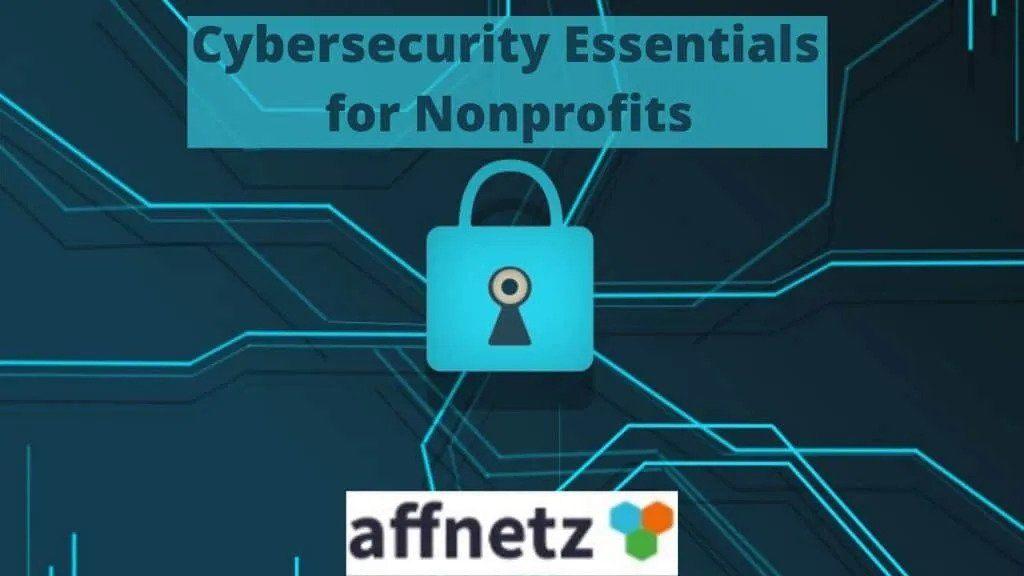A generous donor recently told me the one thing he’s found most helpful in his peer-to-peer fundraising work is having a story to tell.
Indeed, stories are the currency of fundraising – well, the non-financial currency anyway.
Stories are particularly important when it comes to fundraising volunteers. With stories, fundraising volunteers have a way to bring the Nonprofit to life when meeting with a prospect. This provides an authentic and deeper way to engage the prospect.
Stories help fundraising volunteers feel more comfortable in cultivation or solicitation meetings with prospects. Rather than feeling nervous and trying to memorize program information and outcomes data, the volunteer can relax and share their personal reasons for being involved with the Nonprofit. It’s also better to share a story and engage with a prospect than hide behind a glossy proposal or another organizational prop. Stories are for engagement, and materials are leaving behind after the meeting.
Whether it’s a fundraising visit, or an email blast, stories help illustrate the value a program had on a family or community in a way that helps the listener picture and ‘feel’ the value of the Nonprofit’s programs.
The core of any story is the idea you are trying to convey. As the Heath brothers share in their outstanding book, Made to Stick, you want to make your idea is “stick-worthy” or “sticky” – in that it helps you break through the social marketplace of ideas and engage and sustain attention.
In Made to Stick, the Heath brothers note that sharing a compelling idea ultimately comes down to an effective story. This is outlined in the acronym SUCCES. From a fundraising perspective, here are the components of SUCCES:
Simplicity – get to the core of the idea you want to share – don’t get mired in the details. Sticking to the core message makes the idea (and ultimately the story) more interesting.
Unexpected – generate interest and curiosity by attracting attention. Common sense is the enemy of sticky messages. Seek out an idea and story that breaks the pattern through surprise, or something that seems counterintuitive.
Concrete – use concrete images that will help grasp your donor’s attention and will be remembered later.
Credibility – ensure your story and idea are believable and credible and that your Nonprofit can make it happen.
Emotional – help people see the importance of the story or idea through sensory information.
Stories – help donors understand the idea through a narrative.
Ultimately, the winning formula for a story comes down to keeping it simple. Try to convey one core idea in a compact story. When you say three things, you say nothing. You’ll know you’re done with your story when you have nothing left to edit out of the story – not when you have nothing left to add!
Author
Mike is a recognized expert, thought leader, advisor and speaker in the Nonprofit world. Over the past four decades, Mike served as an Executive Director, COO, see more




